E-commerce Growth
The rise of e-commerce has profoundly influenced the Department Store Market. As consumers increasingly prefer online shopping, department stores are compelled to enhance their digital presence. In 2025, e-commerce sales are projected to account for a substantial portion of total retail sales, with estimates suggesting that online sales could reach over 20% of the market. This shift necessitates that traditional department stores adapt by integrating online platforms with physical locations, thereby creating a seamless shopping experience. The Department Store Market must invest in technology and logistics to meet the demands of a digitally savvy consumer base, which may include offering click-and-collect services and improving website functionalities. Consequently, the ability to effectively navigate this e-commerce landscape is likely to determine the competitive edge of department stores in the current market.
Technological Advancements
Technological advancements are reshaping the Department Store Market, offering new opportunities for enhancing customer engagement and operational efficiency. Innovations such as artificial intelligence, augmented reality, and data analytics are being increasingly integrated into retail strategies. For instance, AI-driven inventory management systems can optimize stock levels, reducing costs and improving customer satisfaction. Additionally, augmented reality applications allow customers to visualize products in their own spaces before making a purchase. As of 2025, it is anticipated that investment in technology within the department store sector will increase significantly, potentially exceeding 15% of total operational budgets. This focus on technology not only streamlines operations but also enriches the shopping experience, making it more interactive and personalized.
Consumer Preferences for Convenience
In the contemporary retail landscape, convenience has emerged as a pivotal driver within the Department Store Market. Consumers increasingly seek shopping experiences that save time and effort, leading to a preference for stores that offer a wide range of products under one roof. This trend is reflected in the growing popularity of department stores that provide not only clothing and home goods but also groceries and personal care items. As of 2025, it is estimated that nearly 60% of consumers prioritize convenience when choosing where to shop. This shift compels department stores to optimize their layouts and product assortments to cater to these preferences. Additionally, the Department Store Market may benefit from implementing technology-driven solutions, such as mobile apps for easy navigation and in-store pickup options, to enhance the overall shopping experience.
Sustainability and Ethical Practices
Sustainability has become a crucial consideration for consumers, significantly impacting the Department Store Market. As awareness of environmental issues grows, shoppers are increasingly inclined to support brands that demonstrate a commitment to ethical practices and sustainability. In 2025, surveys indicate that over 70% of consumers are willing to pay a premium for sustainable products. This trend encourages department stores to adopt eco-friendly practices, such as sourcing sustainable materials and reducing waste. Furthermore, the Department Store Market is likely to see a rise in partnerships with sustainable brands, which can enhance brand loyalty and attract environmentally conscious consumers. By prioritizing sustainability, department stores not only align with consumer values but also position themselves favorably in a competitive market.
Changing Demographics and Urbanization
Changing demographics and urbanization trends are exerting a considerable influence on the Department Store Market. As urban populations continue to grow, department stores are increasingly focusing on urban locations to capture the attention of a diverse consumer base. The millennial and Gen Z demographics, known for their distinct shopping preferences, are driving demand for unique and experiential retail environments. In 2025, it is projected that urban areas will account for over 70% of retail sales, compelling department stores to adapt their strategies accordingly. This may involve creating smaller, more specialized formats that cater to the preferences of urban dwellers. Additionally, the Department Store Market must consider cultural diversity in product offerings to resonate with a broader audience, thereby enhancing customer engagement and loyalty.


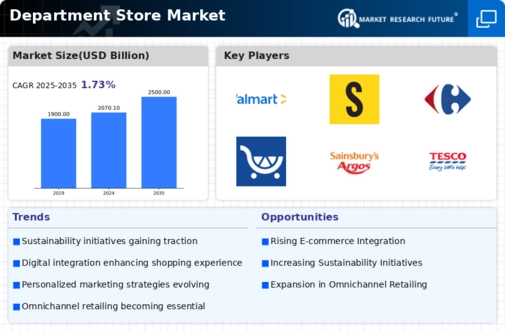
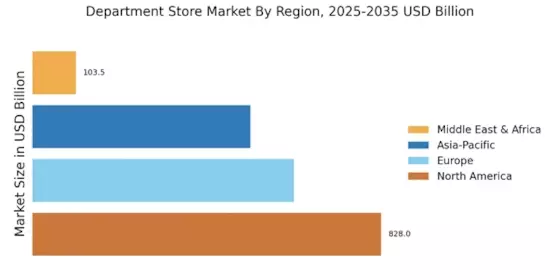
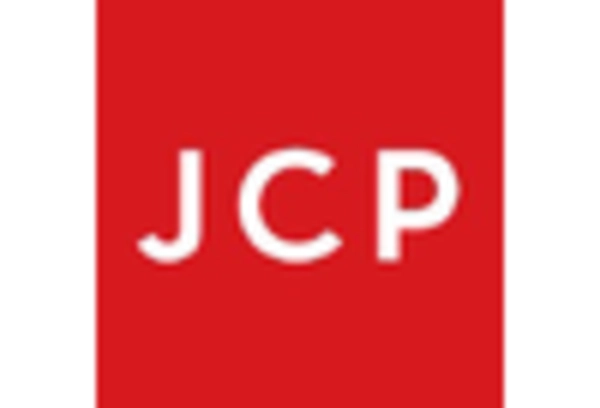
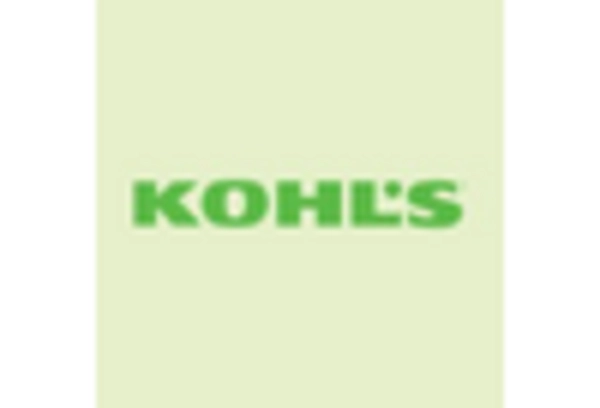
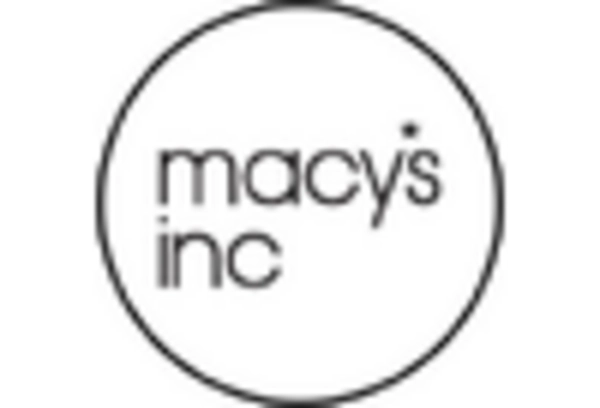


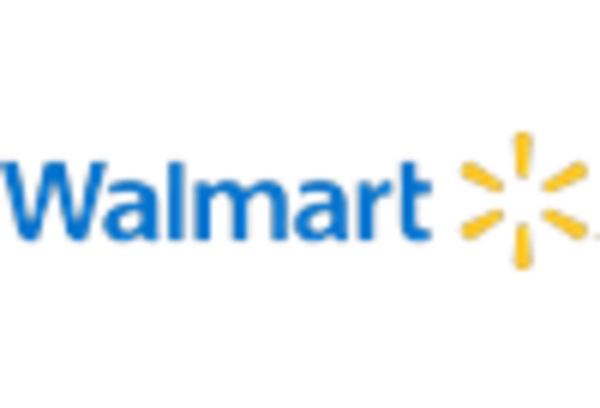








Leave a Comment